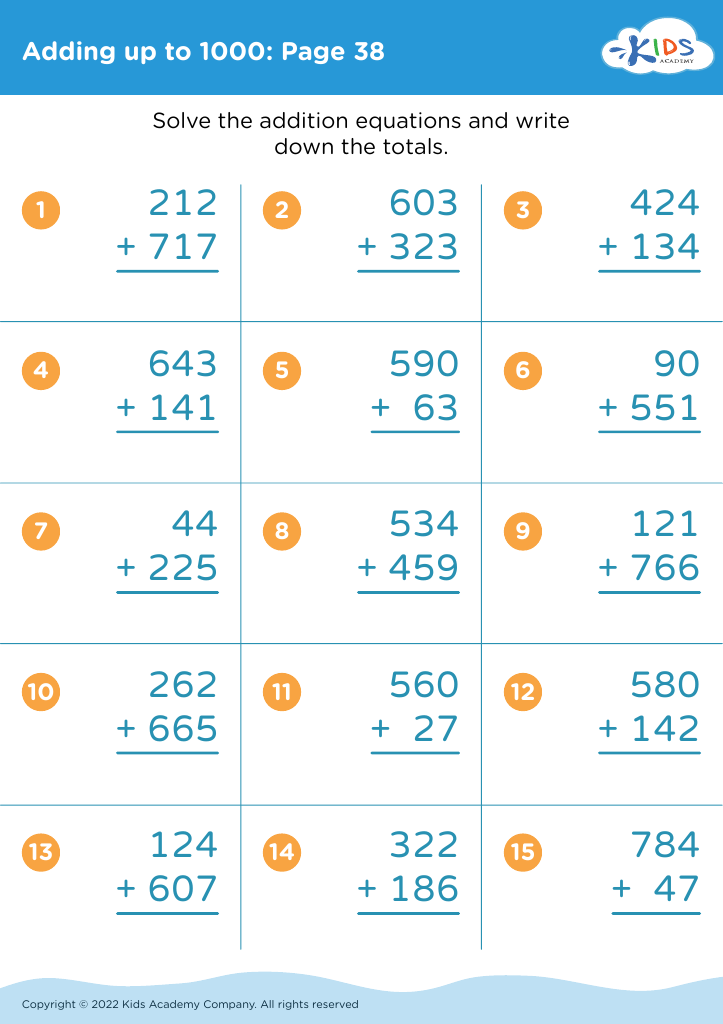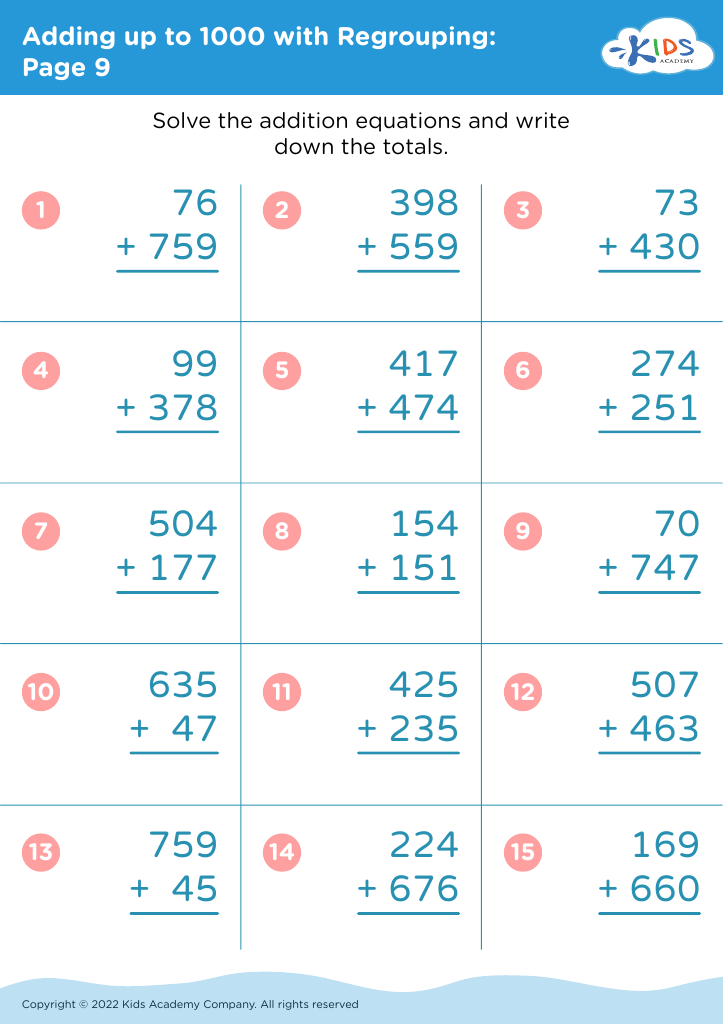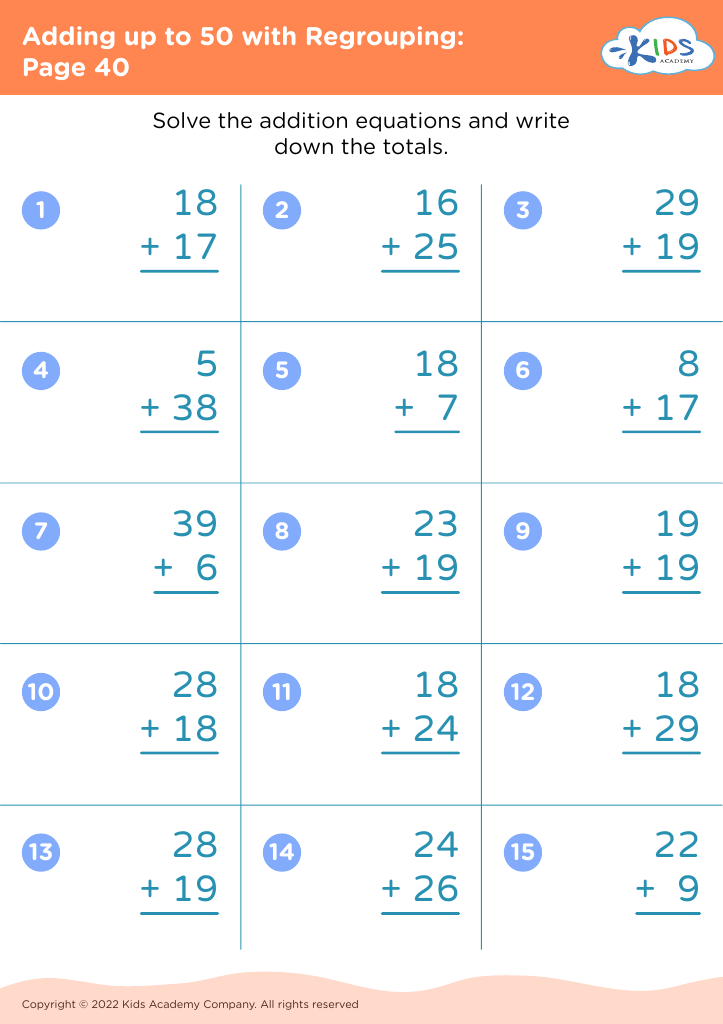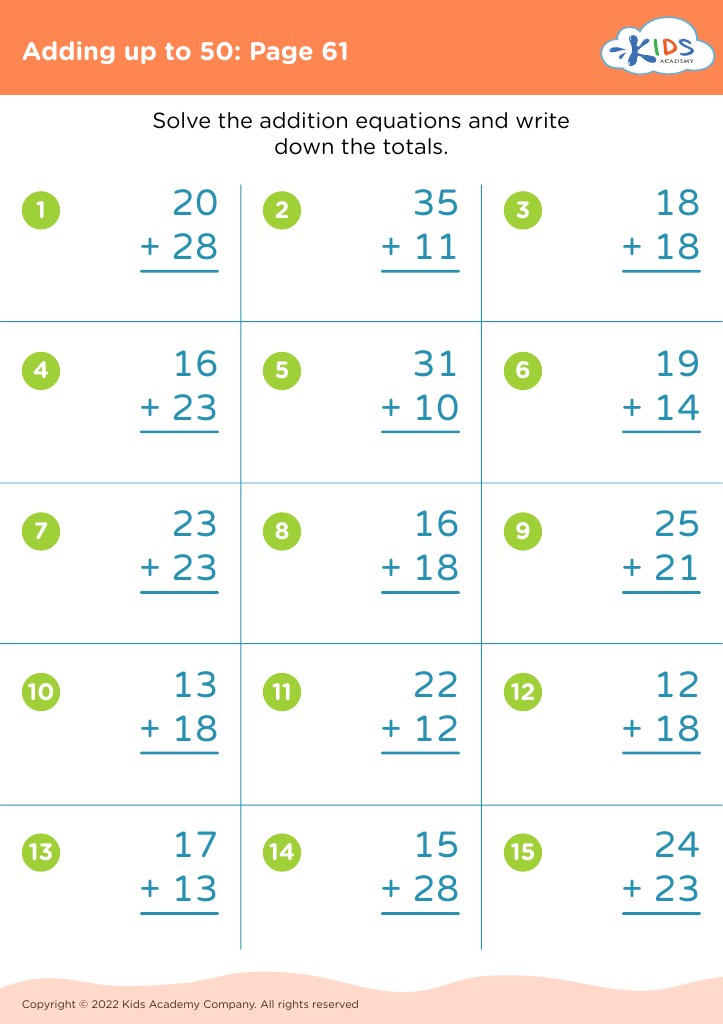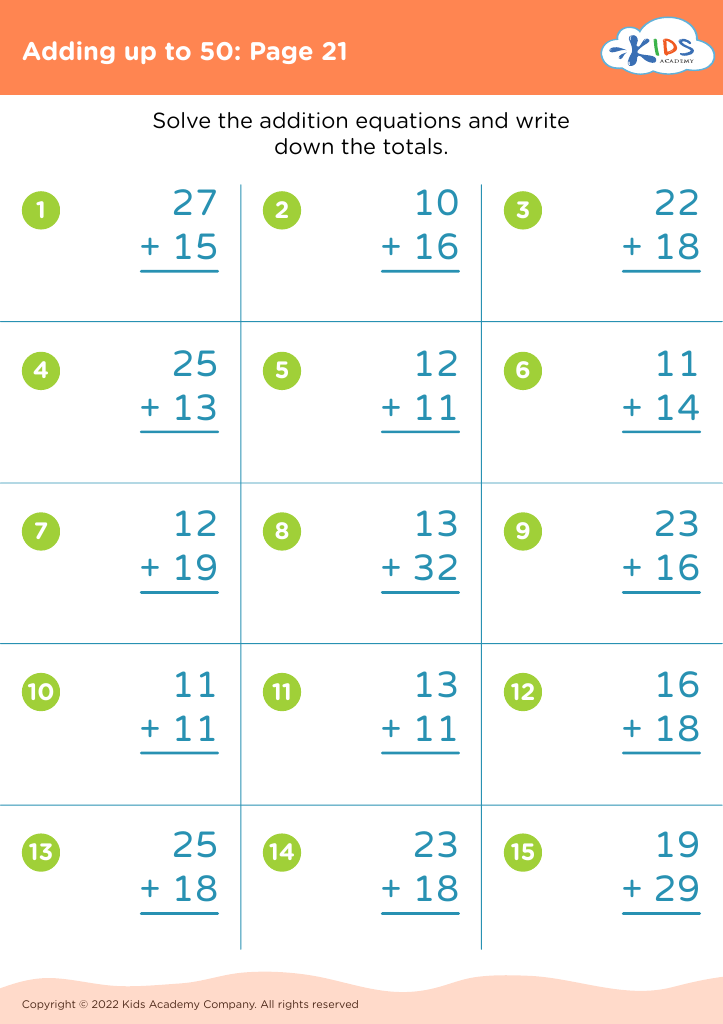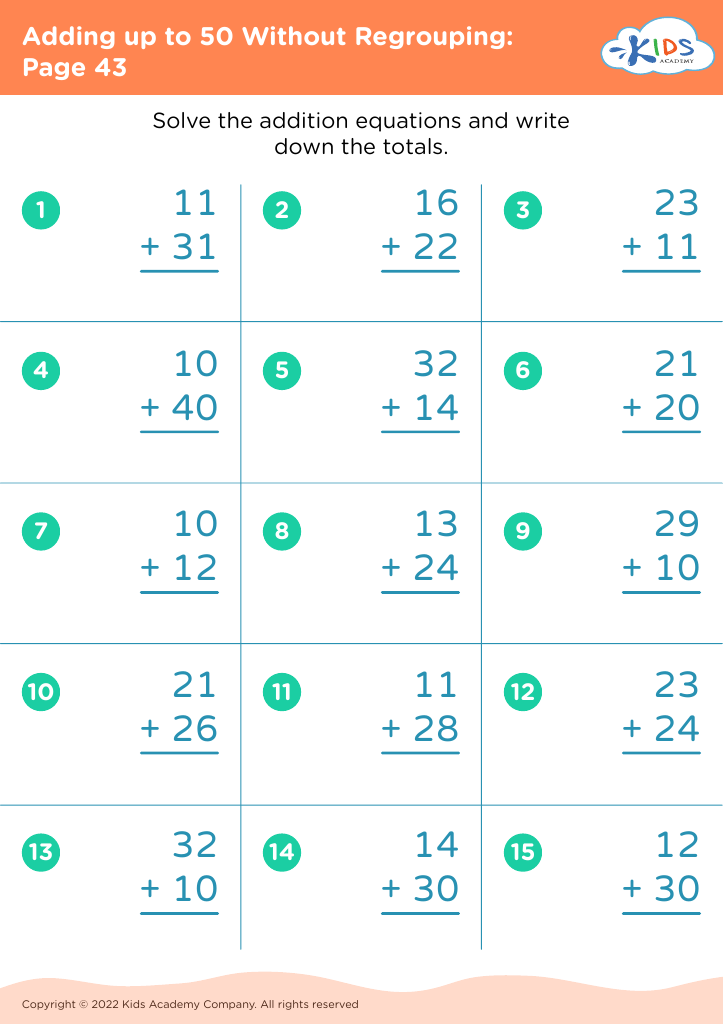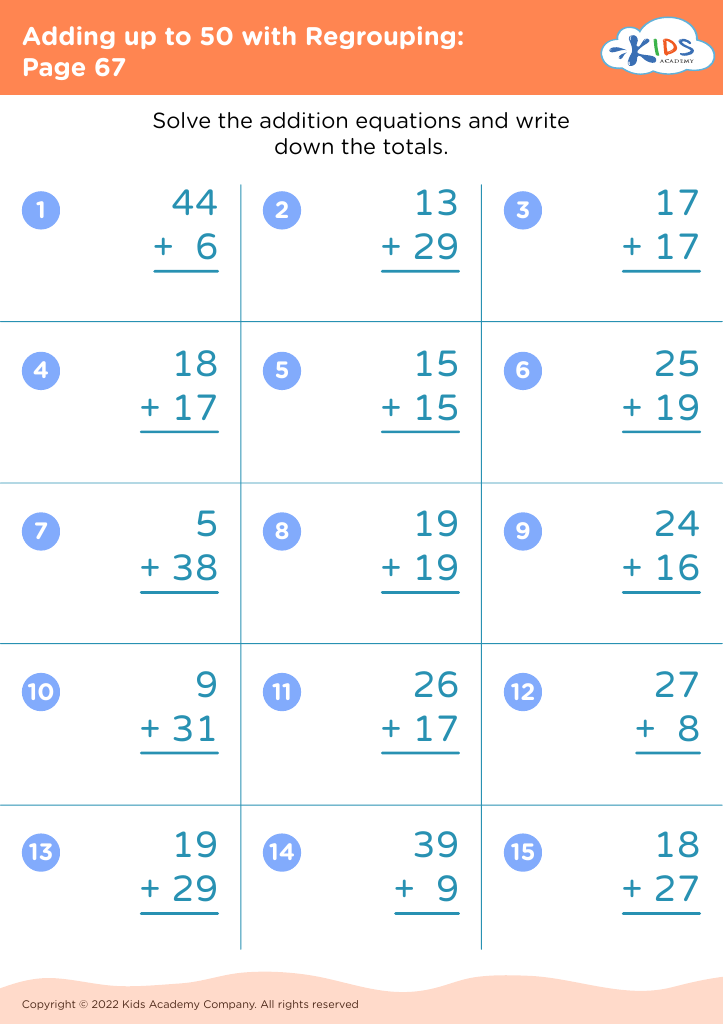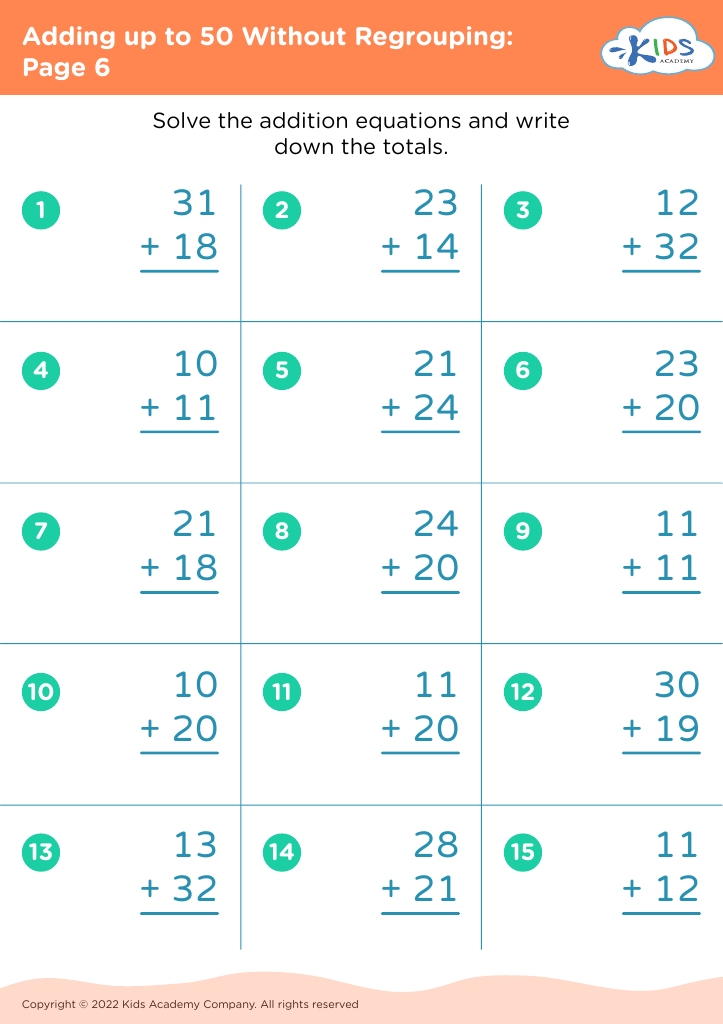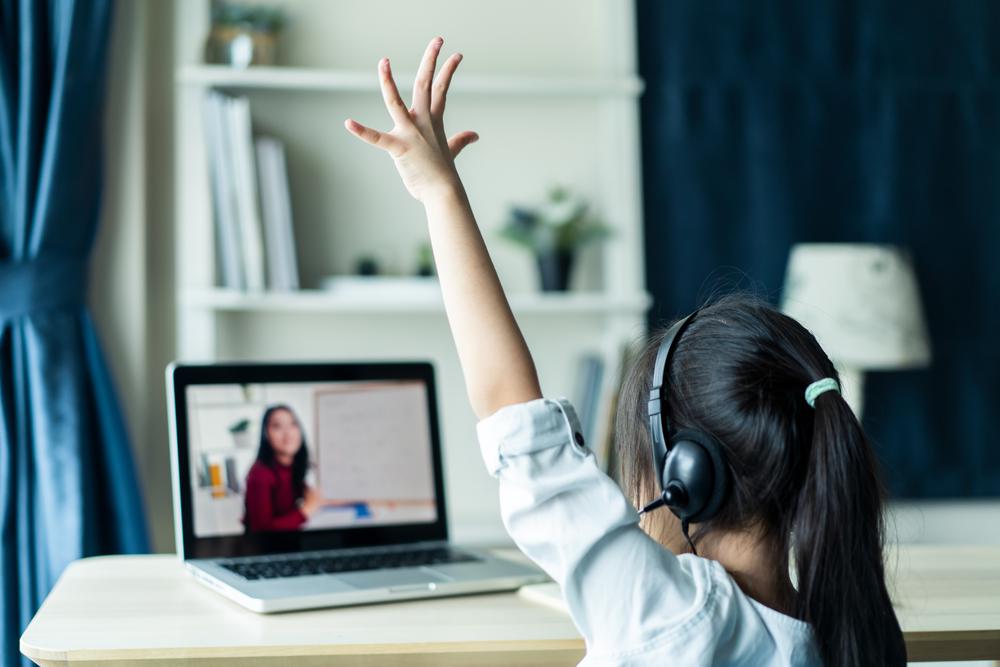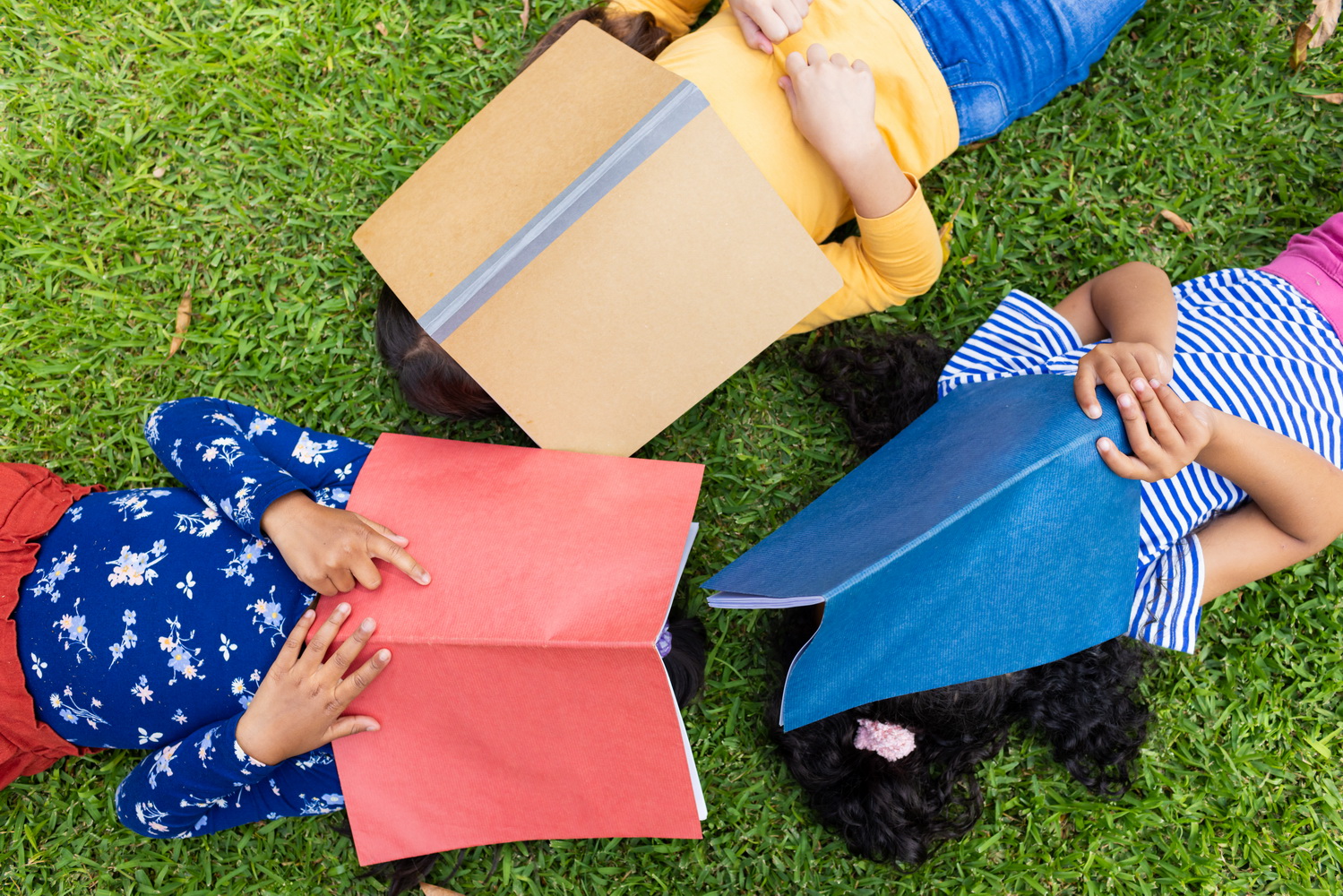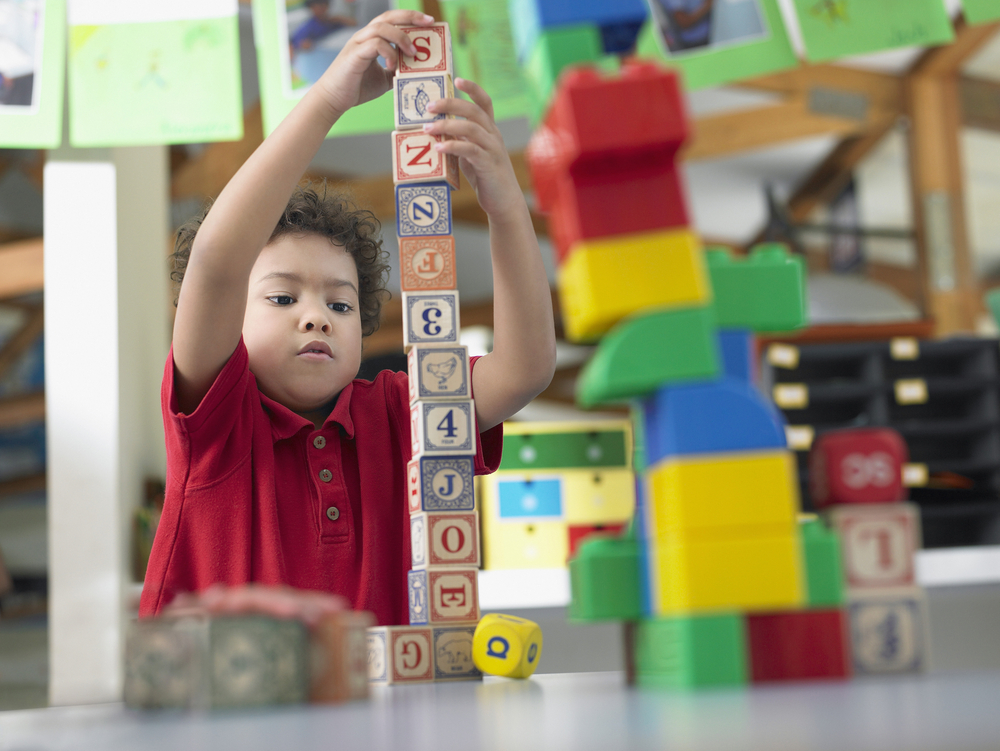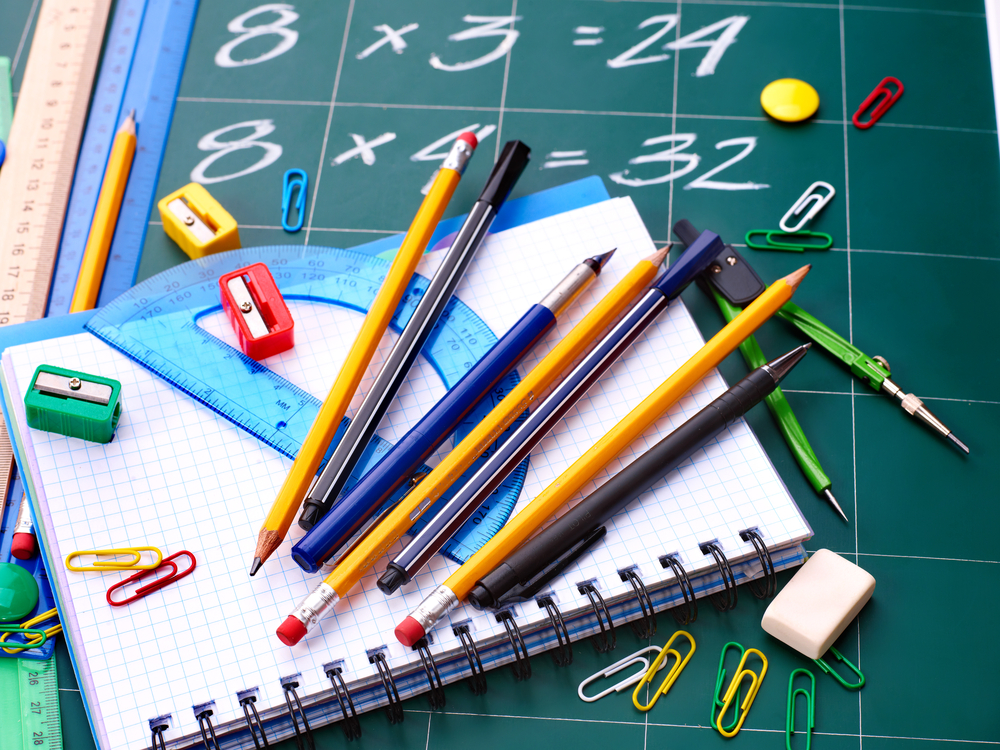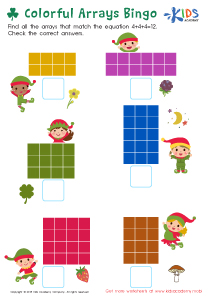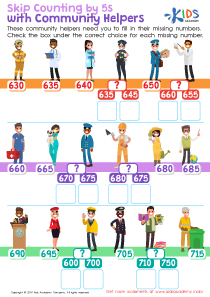Problem-Solving Skills Grade 2 Math Worksheets
151 filtered results
-
From - To
Enhance your child's mathematical journey with our engaging Problem-Solving Skills Grade 2 Math Worksheets. Designed specifically for second graders, these worksheets encourage critical thinking and foster a deeper understanding of math concepts. Each activity presents relatable real-world problems, enabling students to apply their learning in practical scenarios. With a variety of exercises, including word problems, puzzles, and interactive math games, your child will sharpen their problem-solving abilities while building confidence in their math skills. Perfect for enhancing classroom learning or for fun at-home practice, our worksheets are the ideal resource for nurturing independent thinkers. Download and watch your child thrive!
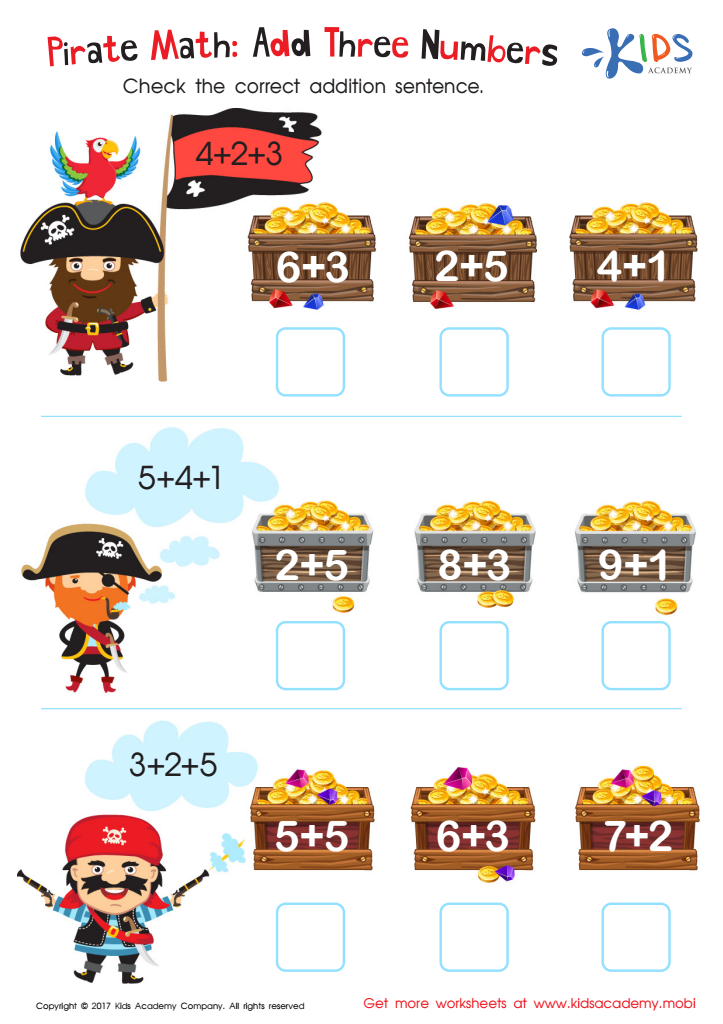

Pirate Math Printable
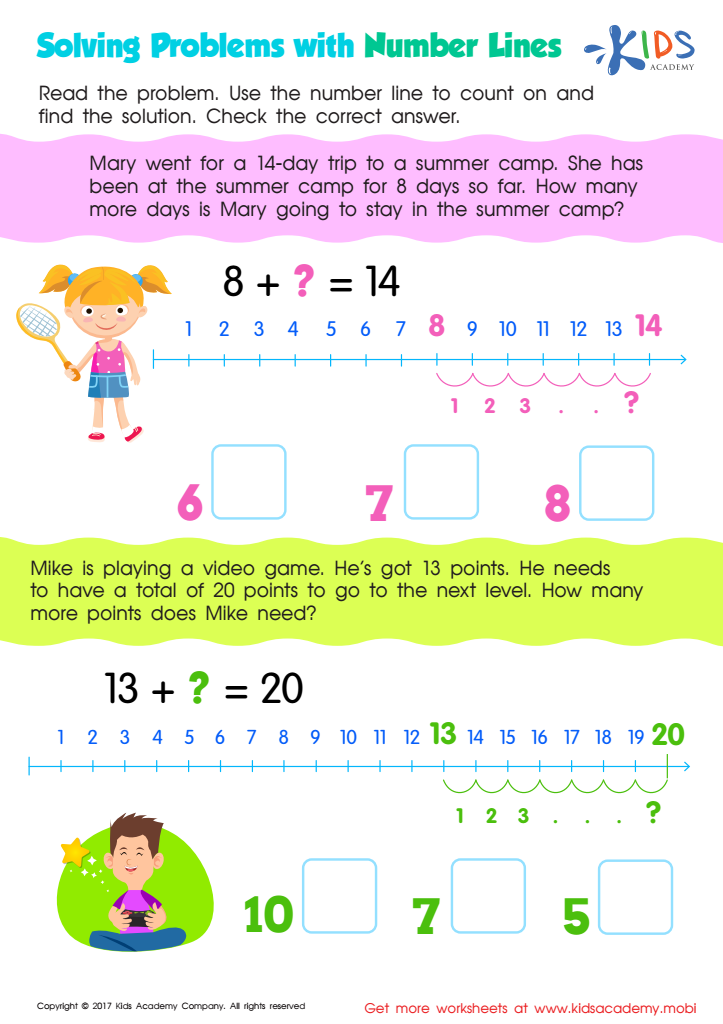

Solving Problems: Number Lines Worksheet


Circus Math Printable
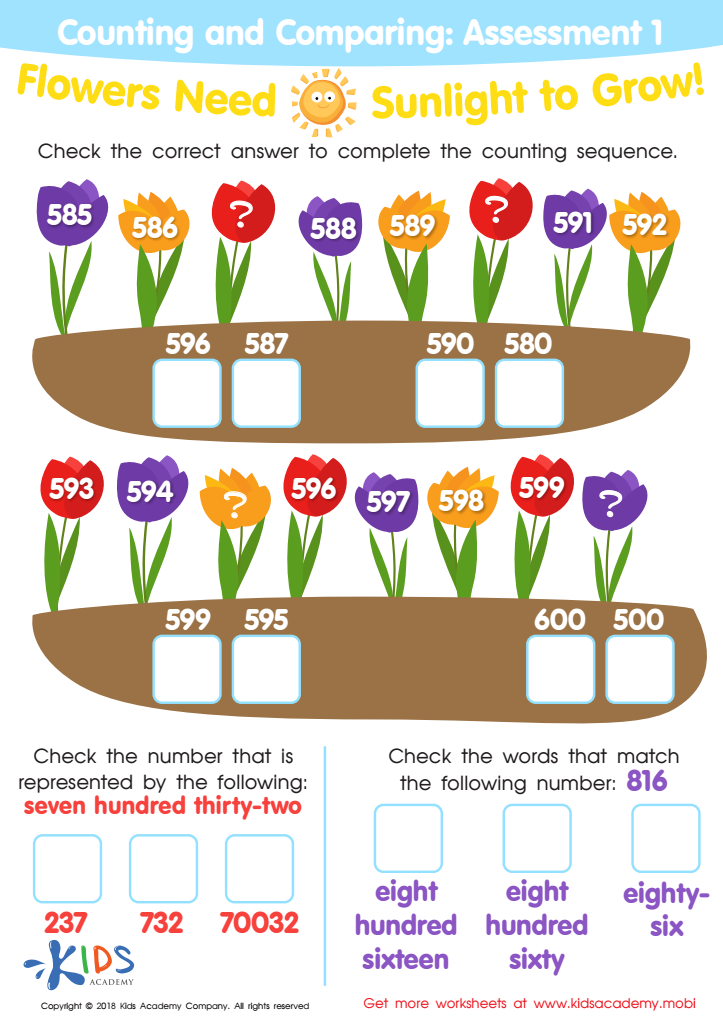

Counting and Comparing: Assessment 1 Worksheet
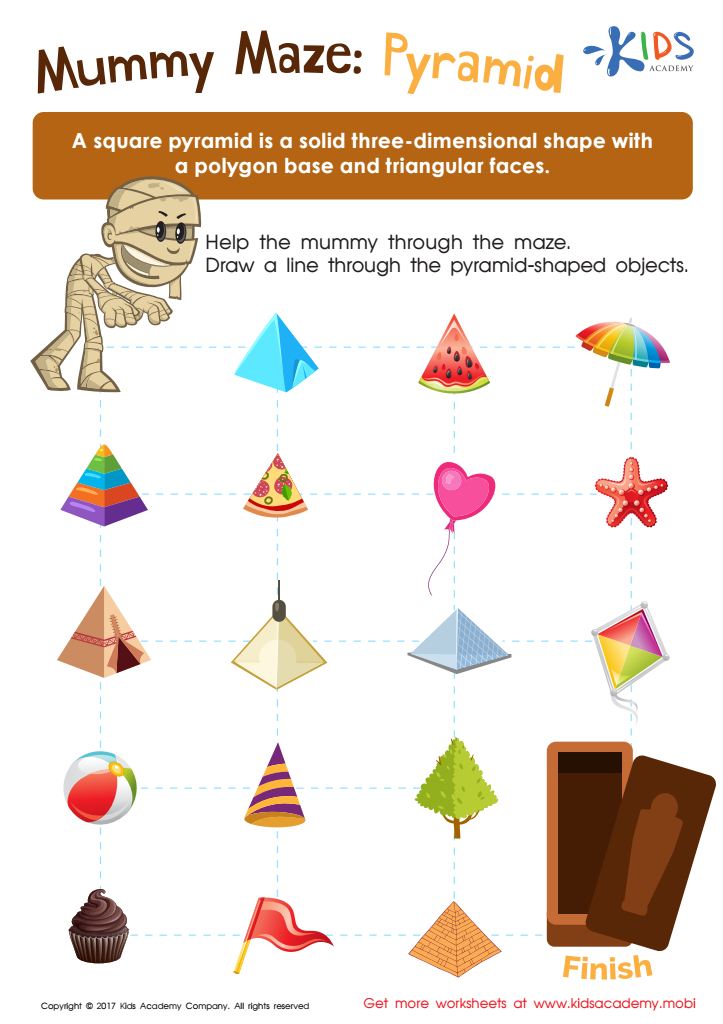

Mummy Maze: Pyramid Printable
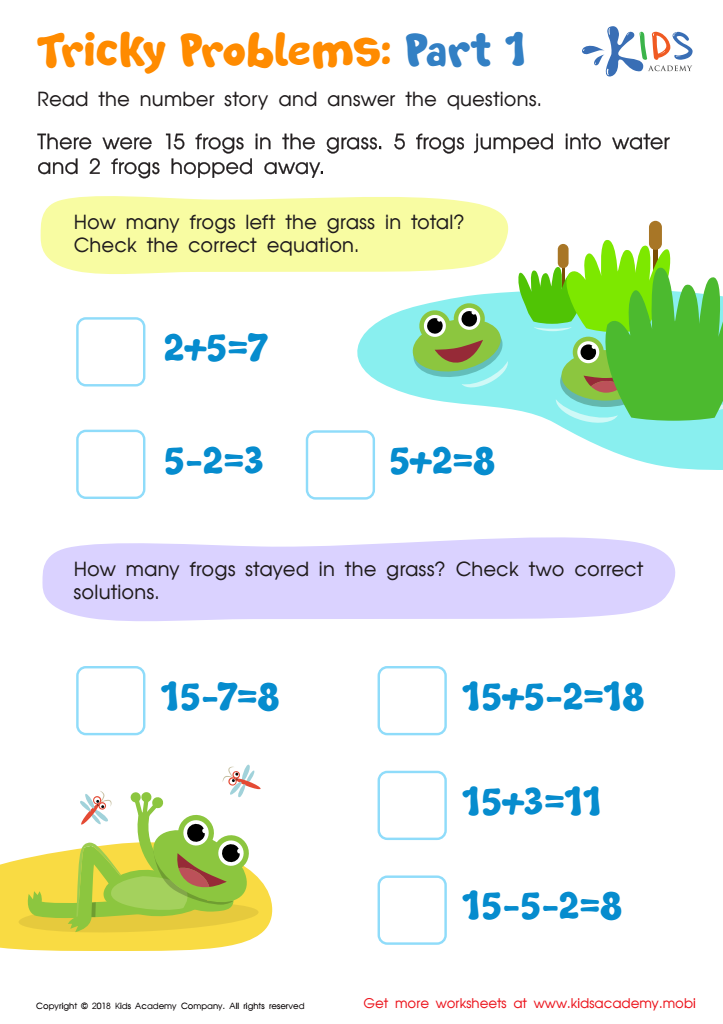

Tricky Problems Worksheet: Part 1
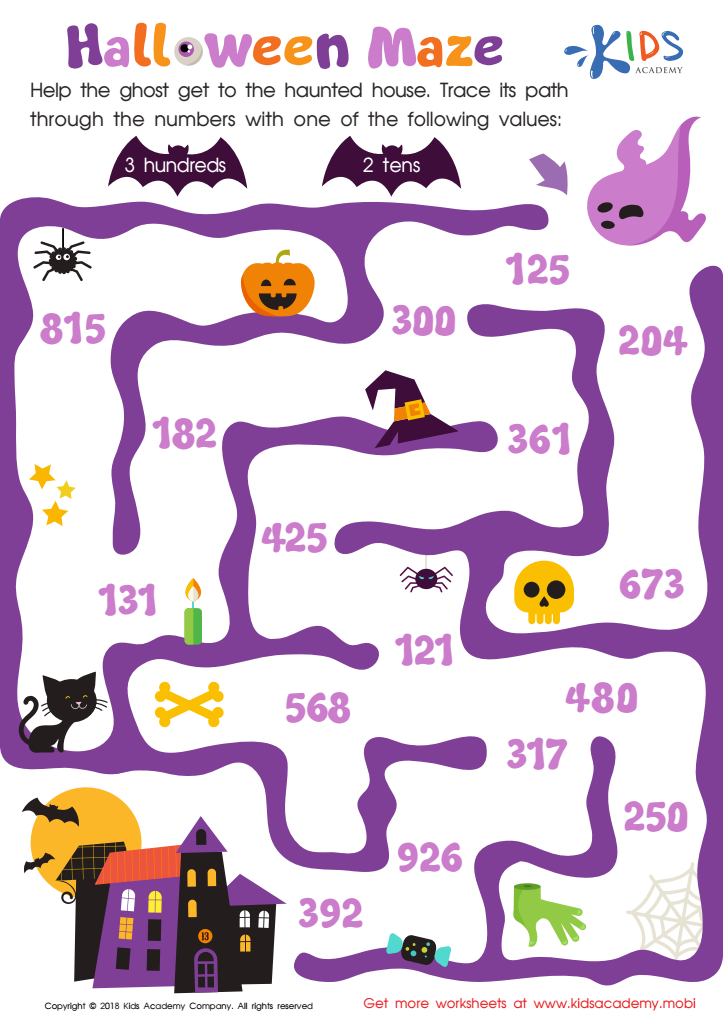

Place Value: Halloween Maze Worksheet
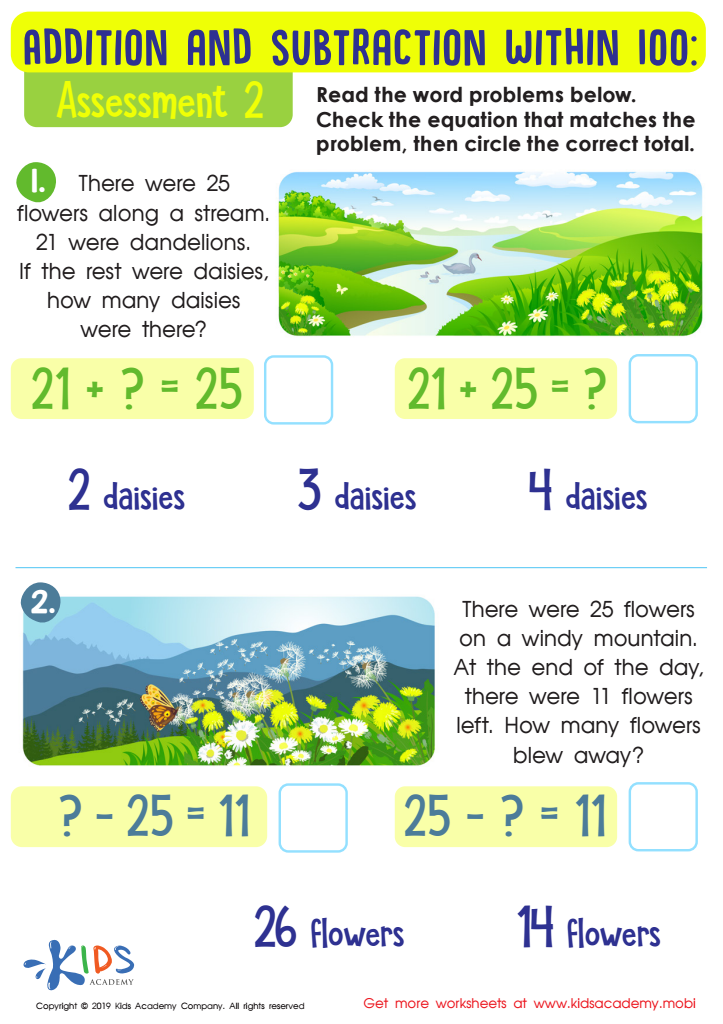

Assessment 2 Math Worksheet
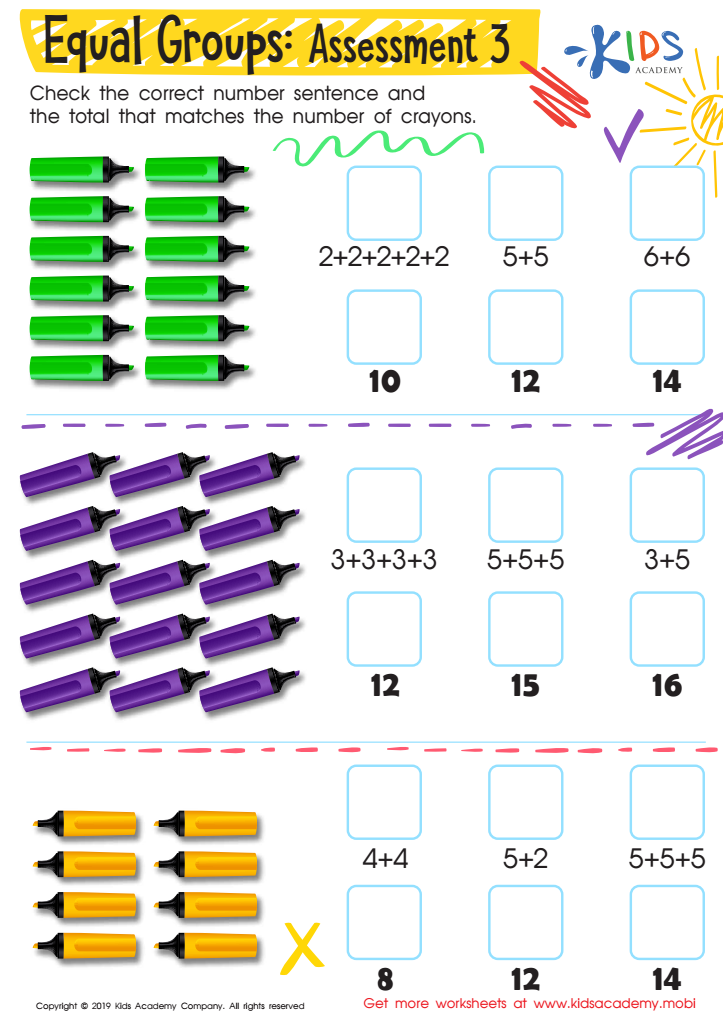

Equal Groups: Assessment 3 Worksheet


Amusement Park Word Problems Worksheet


Golf Maze: Curved and Flat Surfaces Worksheet
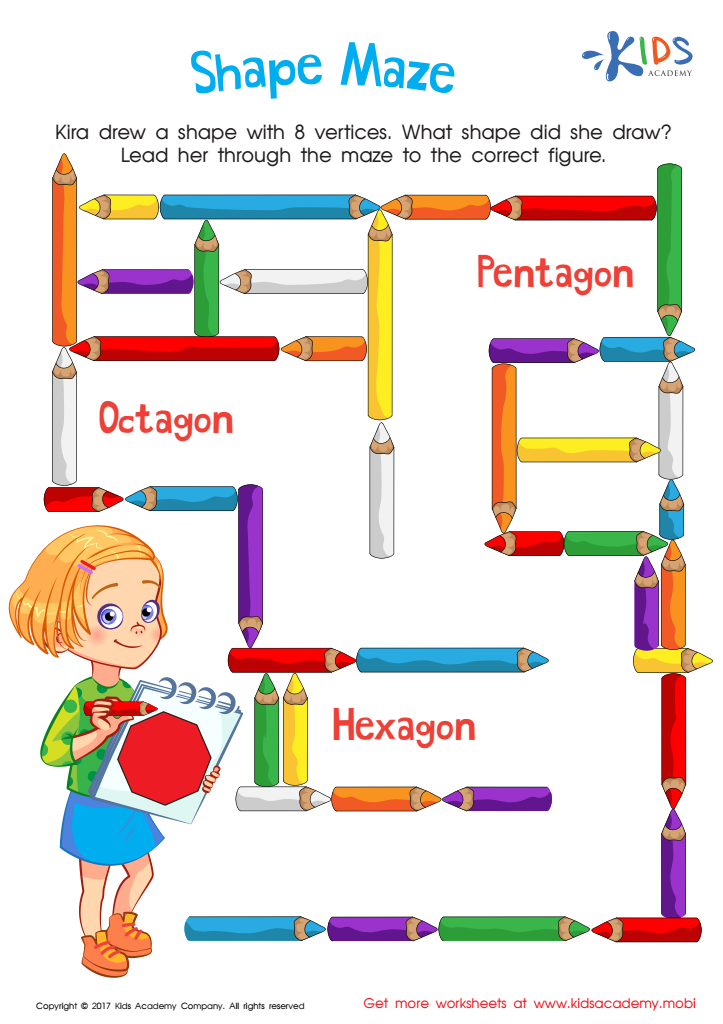

Shape Maze Worksheet


Enrichment -2 Step Word Problems Worksheet
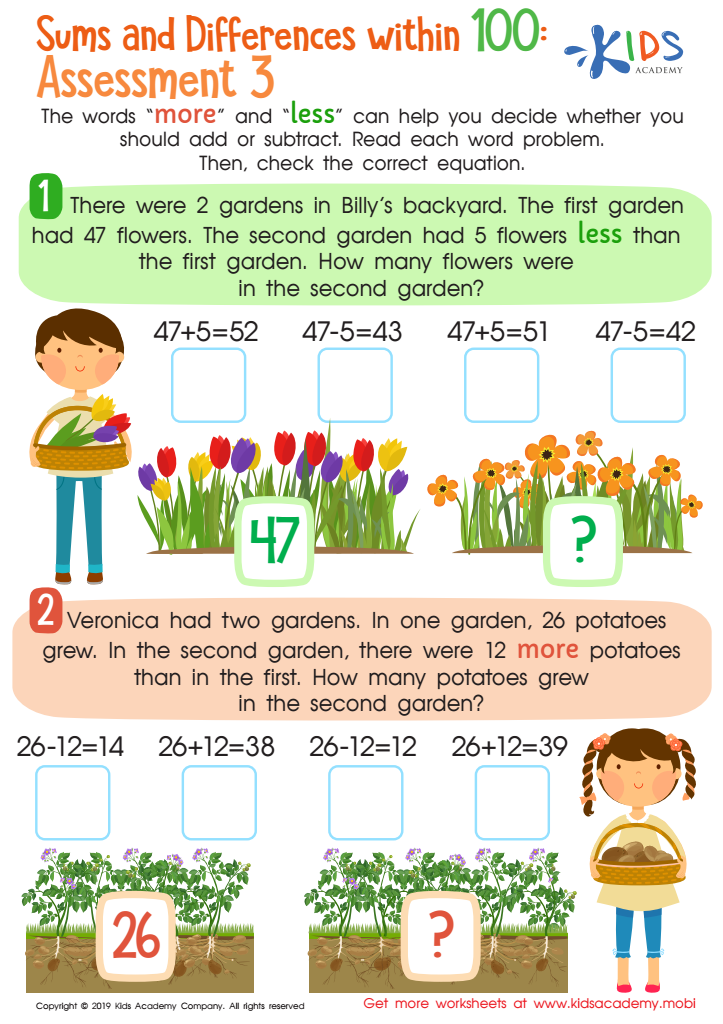

Sums and Differences Within 1 - Assessment 1 Worksheet
Parents and teachers should prioritize problem-solving skills in Grade 2 math for several compelling reasons. First, these skills lay the foundation for critical thinking and analytical abilities important in all areas of study and everyday life. At this stage, children learn to approach problems systematically, fostering a mindset that encourages resilience and adaptability.
Developing strong problem-solving skills also enhances a child’s confidence in their mathematical abilities, allowing them to tackle more complex challenges as they progress through their education. This not only improves their performance in math but encourages a positive attitude toward learning in general.
Moreover, problem-solving encourages creativity; students learn to devise different methods to find solutions, which can lead to innovative thinking in other subjects, ranging from science to the arts. Additionally, these skills promote collaboration and communication when children work together to explore various strategies.
By nurturing problem-solving skills during early education, parents and teachers equip children with essential life skills that contribute to academic success and personal growth. Ultimately, instilling a strong foundation during Grade 2 influences long-term educational trajectories and empowers students to become independent, lifelong learners.
 Assign to My Students
Assign to My Students

